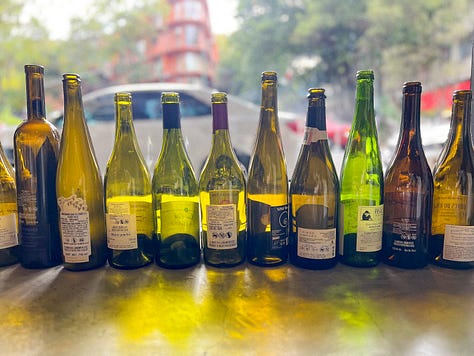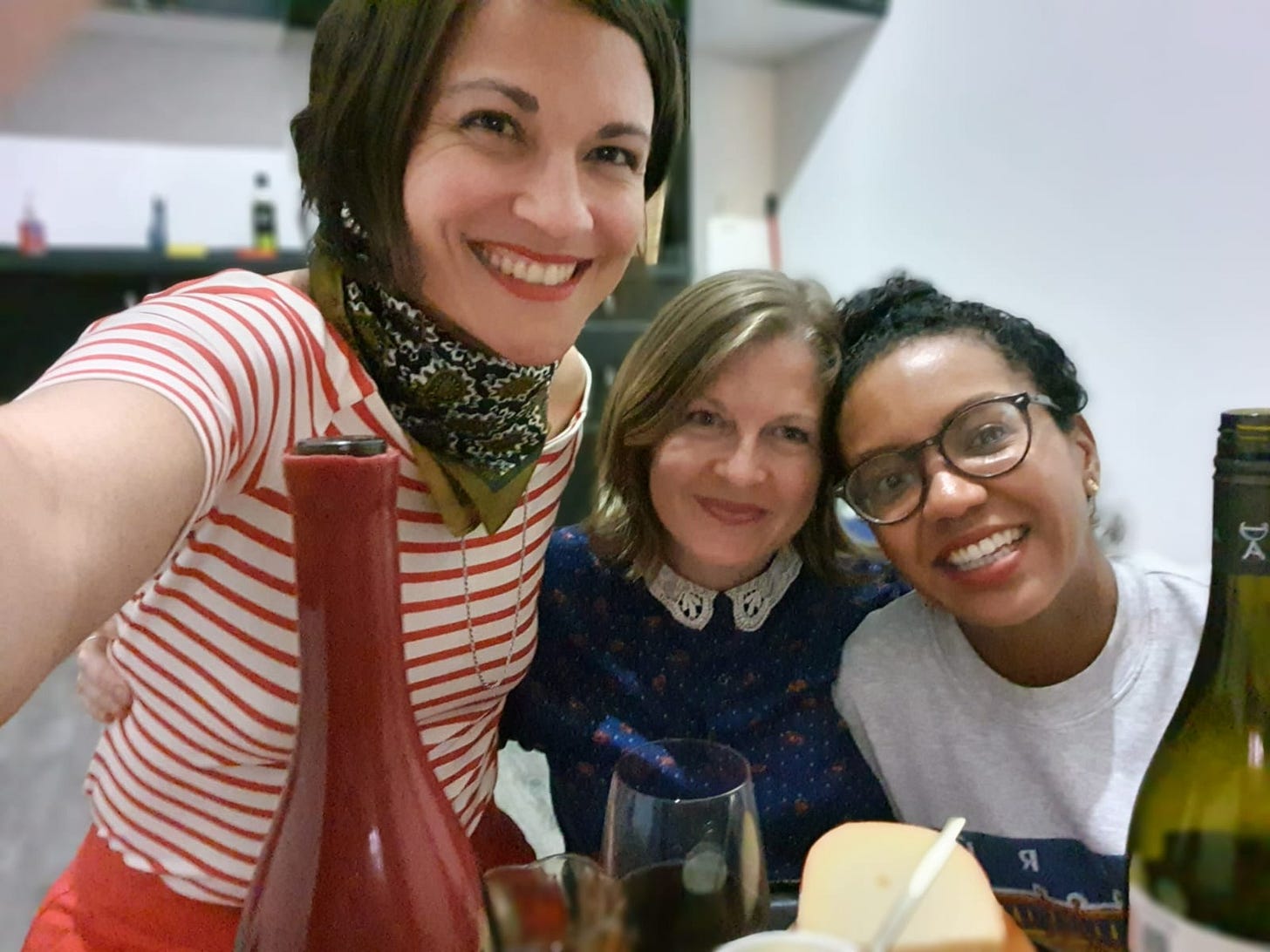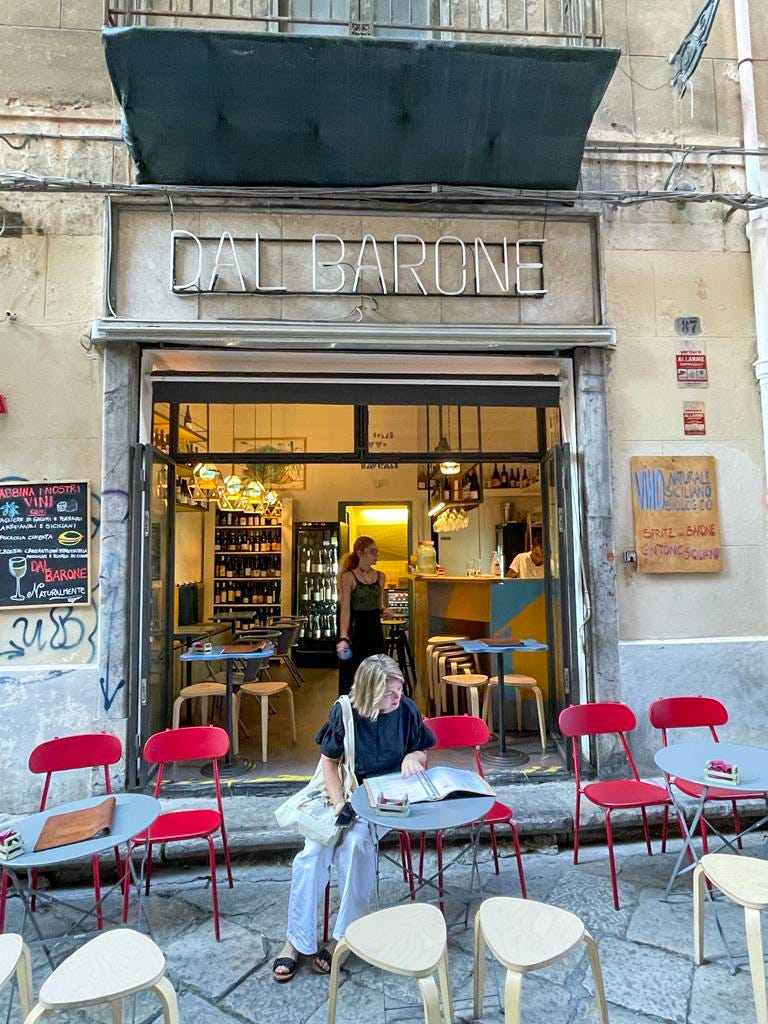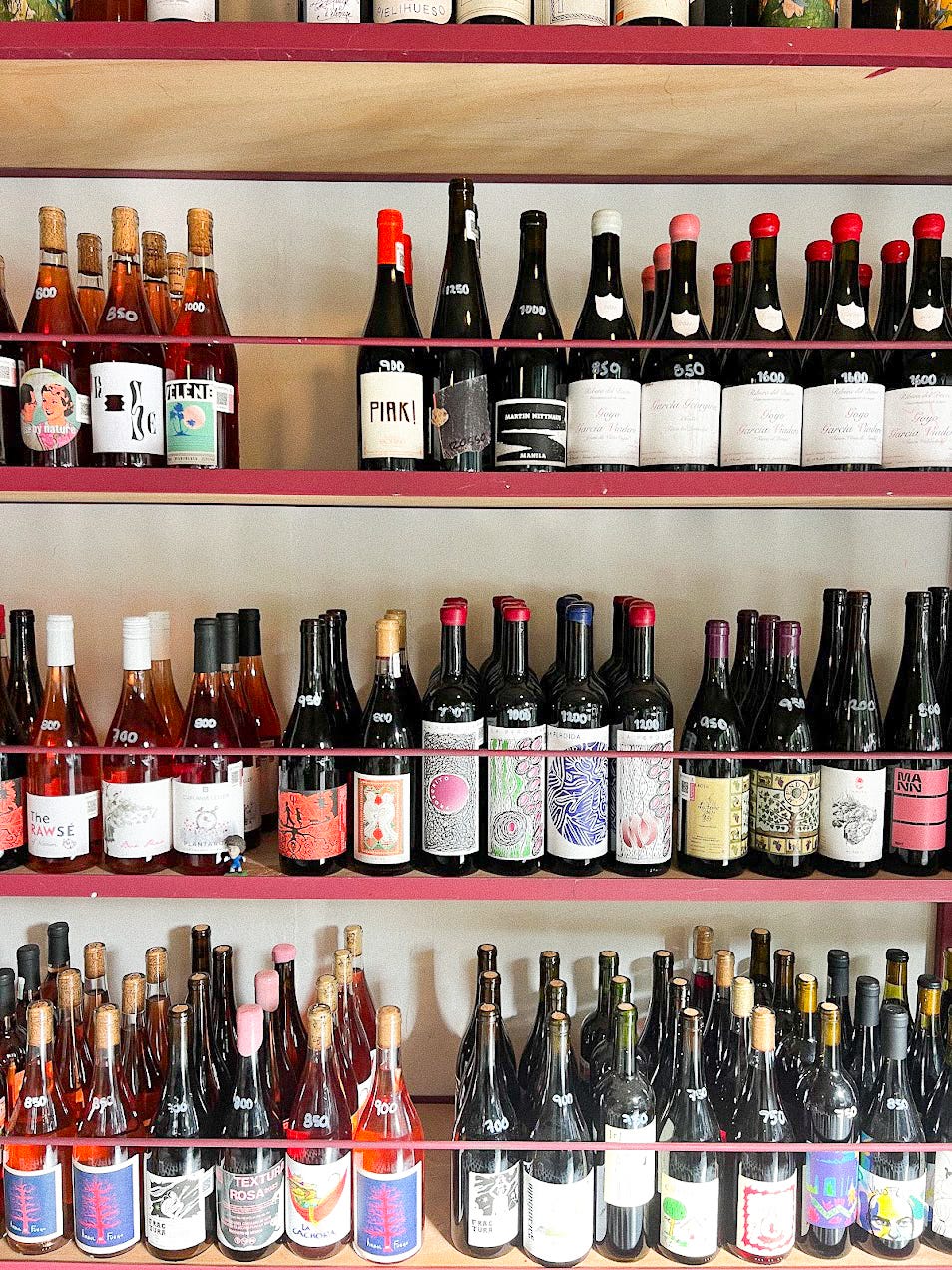The wine club was my friend Alicia’s idea.
We’d had many conversations about wanting to know more about wine, so we decided to deep dive into the different varieties. We’d pick a new type of wine each month. At our meetings, one of us would bring the wine, and the other would create a charcuterie board. We’d research the wine ahead of time and share what we found at our tasting.
Then we decided that it’d be best to have two bottles of the same varietal for comparison and that my friend Jessi should join.
Women Who Wine on Wednesday.
We selected the day because…well, alliteration. We had our first meeting in my new apartment in Centro, sitting on the floor around a small side table from Zara Home that I had bought earlier in the day. I didn’t yet have a refrigerator, so I put a bag of ice in my kitchen sink to keep the cheese and prosciutto cool. For some reason, I had cheese boards and knives and small appetizer plates. It’s all about priorities, and these things seemed important when I began to buy things to furnish my new home.
We started with pinot noir, a fickle grape that grows best in cooler climates. The grape comes from Burgundy and is actually one of France’s oldest, dating back to over a century ago. We started with a bottle from Alsace, savoring the flavors and talking about the tasting notes. Then we opened a bottle from California that had a distinctly more complex taste. Both were good, but very different. We shared notes from our research and read about pinot noir in my encyclopedic books about wine. Jessi shared passages from a book that she had brought with her.
As I have been reading and listening to podcasts about cabernet sauvignon, in preparation for our next meeting, I can’t help but notice how different the wines are and how many times I’ve ignorantly mentioned both wines together when asked what I like, only to have sommeliers look at me in utter confusion. “Those wines couldn’t be more different,” I’ve heard more than once.
It reminds me of when I started visiting wineries in college. There were several near my university’s campus in Southern Illinois, and it was a great way to spend a Saturday afternoon. We’d do a tasting, buy a couple of bottles, and sit around a picnic table enjoying the afternoon. At the time, I didn’t know anything about wine. I’d swirl my glass, sniff the aromas, and then sip each pour I was given. “Yeah, it’s good,” I’d say before moving onto the next.
When I moved to St. Louis after college, visiting the wineries in Hermann, a picturesque German town overlooking the Missouri River, became a popular day trip during the autumn months. As my palate developed and I started to prefer some wines over others, I became increasingly more critical of the wines found on the Missouri Wine Trail. They’re so sweet.
I read somewhere that the most talented winemakers are drawn to larger wine-making regions, and that the smaller regions are typically more difficult to produce quality wine in. This could have some truth to it, though I don’t love statements that make grand generalizations. An article in Food and Wine credits the harsh weather for the hybrid grapes that are typically found in the region. “For decades, Missouri winemakers have deliberately left some sweetness in the wines to make them more palatable to more people,” the article explains. So I was right about them being too sweet for my palate.



It’s my work in coffee that elevated my wine palate. As I started to learn more about terroir and taste in coffee, I found myself wanting to know more about wine and gastronomy in general. It also helped that my curiosities were being piqued at a time when I was based in Paris. I can’t imagine a better place to explore wine, especially naturals, which I love. I bought Alice Feiring’s To Fall in Love, Drink This and Natural Wine and read it on the beaches of Sicily. Then I read her Natural Wine for the People, which really expanded my understanding of wine.
When I came back to the US and Mexico, I dug into the wine scenes in a different way than I had previously, which didn’t amount to much more than randomly buying bottles at my price point at the grocery store. I found the places selling natural wines in St. Louis and started interviewing sommeliers and wine shop owners in the Midwest. I think the beauty of my work is when I’m curious about something, I can write about it.
The natural wine scene in Mexico City is hot, though the bottles come at a much higher price point than those found in France. (Blame the taxes!) Nonetheless, here are a few of my favorite places for wine in the city.
Wine Bars & Shops in Mexico City
Brutal Vinatat de Barrio - General Juan Cano 42
Caimán - Nuevo León 120
Cavanegra - Cerrada de Salamanca 11
Cicatriz - Dinamarca 44
Cuvée09 - Bajío 132 (This isn’t a natural wine spot, though I love this place. The wine selection is expansive, the owner is friendly, and they have cheese from France.)
Escorpio - Versalles 96
Hugo - Veracruz 38
Le Tachinomi Desu - Río Pánuco 132 1-A
Local 1 - Álvaro Obregón 228
Loofok - Dr. Lucio 181
Loup Bar - Tonalá 23
Niv - Atlixco 132
Rimessa Vinos - Amsterdam 26
Tannin Artbar - Versalles 113
Tierra de Uva - Sinaloa 74
Vigneron - Jalapa 181








As one of the women who wines on Wednesdays, I approve this message 😊